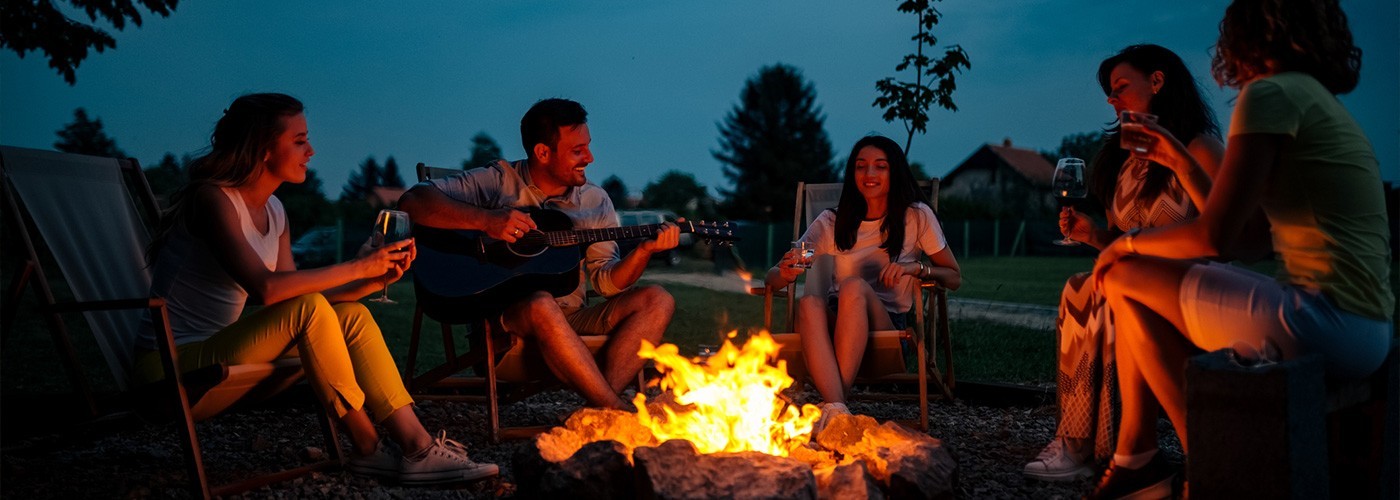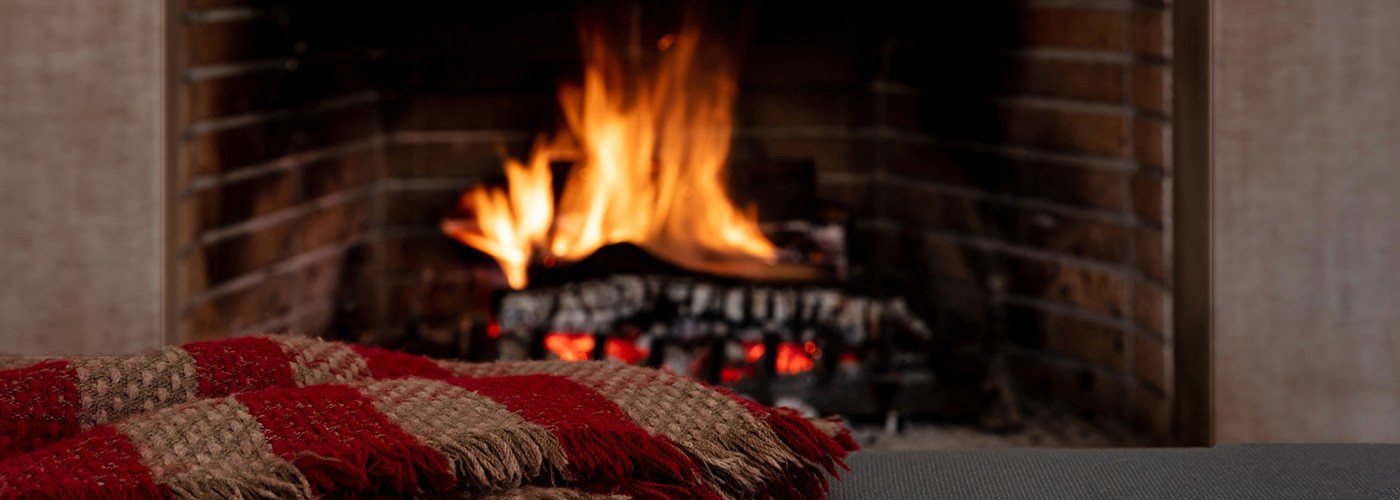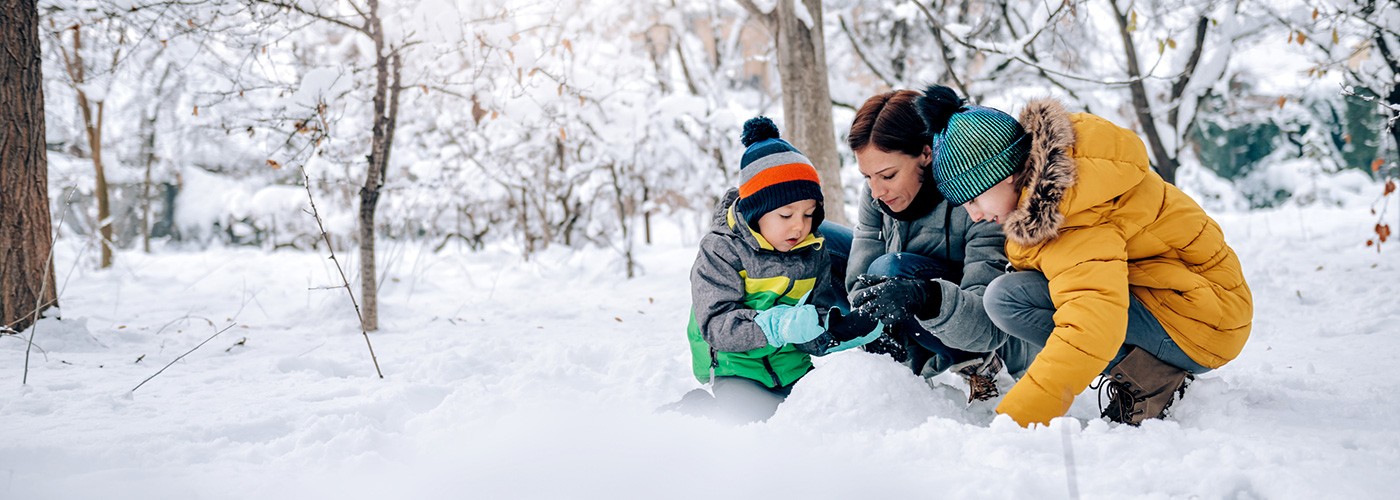What is a passive solar house?
A passive solar house uses the sun as an energy source, but without using solar panels. The orientation of the house and its structure, materials, thermal insulation and air-tightness all combine to maximize the benefits of solar energy, and can achieve 50 to 90% savings on energy costs.
1. Orientation
The orientation of a passive solar house is determined by the sun. Most windows face south to derive maximum advantage from sunlight during the day. The windows will provide light in the rooms we live in most: living room, kitchen and dining room. The layout will be as open as possible, so as not to block the light.
The northern elevation will have few windows in order to limit heat loss, bearing in mind that the sun will offer no benefit on the northern side, which will be reserved for the service rooms such as bathrooms, laundry rooms and storage areas.
2. Concrete, brick and adobe – the best materials
The concrete floors in a passive solar house function as a thermal mass. Why concrete? Because it’s among the materials with the greatest capacity to absorb and retain heat for subsequent release. The darker it is, the more solar energy it can absorb.
For interior walls, materials with significant thermal mass are also preferable. These include brick and adobe.
3. The importance of insulation
To do its job, a passive solar house has to be well insulated. It will be airtight, with a vapour barrier to protect the insulation from any buildup of interior humidity. The windows will be high-performance, and triple-glazed if possible. The entire envelope of the house will be as airtight as possible from the foundation to the roof.
4. A sloping roof to catch the sun
In winter, the sun is at a low angle, but it rises higher in spring and summer. The slope of the roof on the south side can cause the floor area exposed to the sun to decrease in spring and summer. Ideally, in order to maintain a comfortable temperature in the house in midsummer, the sun will not even brush the edge of the floor.

Two main benefits of a passive solar house
1. A comfortable house at a lower cost
Warm in the winter, cool in the summer: a passive solar house provides outstanding comfort while saving you money. It can cost as little as $200 a year to heat a 2,800 square foot house.
Ideally, a passive solar house should dispense with heating altogether, but in the Quebec climate this is not always possible. For safety’s sake, backup systems such as an electric boiler or a furnace are installed.
2. An environmentally friendly choice
Solar energy is abundant, and, unlike coal, gas or fuel oil, completely renewable. Even hydroelectricity requires the construction of large dams. When you opt for a passive solar house, you are making an environmentally friendly choice.
Saint-Félicien leads the way!
Despite these benefits, passive solar houses are still a rarity in Quebec. In 2018, the Ozalée house in Montreal was the first to qualify for the German Passivhaus certification, one of the toughest standards for energy efficiency. A second Passivhaus house followed in the Montérégie region.
In Saint-Félicien in the Lac-Saint-Jean region, however, contractor Jérôme Simard is taking a broader view: he is proposing to build an entire passive neighbourhood, to be known as Sourceia 1. In accordance with passive housing principles, four pellet burners will provide heat and domestic hot water to 13 houses and six condos.
If you are tempted to join the passive solar revolution, learn more from Maison passive Québec. Remember to notify your broker before you make an offer to purchase or begin construction. Ask for an online quote – we will be happy to advise you.
Photo credit : Sourceia



